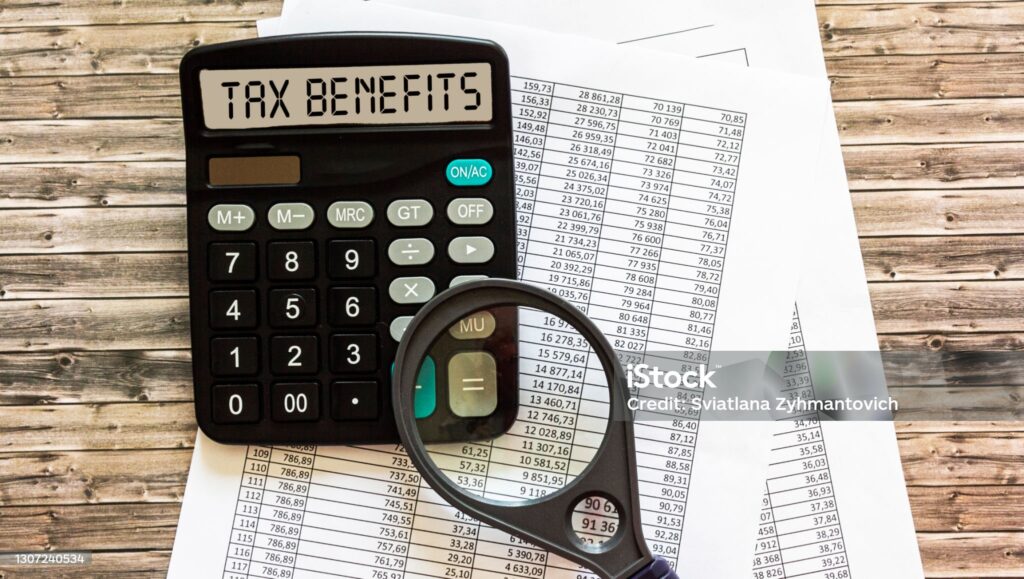Hey there, fellow finance enthusiasts! Have you ever sat down with a cup of coffee, looked at your savings, and wondered, “Where should I park my money for the best tax benefits?” If you have, then you’re not alone. In today’s finance world, making the right investment choice can feel like walking a tightrope — especially when you’re torn between tried-and-true PPF (Public Provident Fund) and the market-linked ELSS (Equity Linked Saving Scheme). With Section 80C tax benefits on the table, it’s more important than ever to understand the nuances of these options. So, grab your coffee, settle in, and let’s explore a detailed tax-saving investments comparison ELSS vs PPF in today’s financial landscape.

Understanding PPF and ELSS in Today’s Finance World
Let’s start with the basics, shall we? PPF has been a household name for decades. It’s a government-backed savings scheme that promises safety, guaranteed returns, and, most importantly, peace of mind. You deposit your money, and it grows at a fixed rate — no surprises. Sounds comforting, right?
Then there’s ELSS — the flashy, market-linked cousin. Unlike PPF, ELSS invests in equities. That means your money is exposed to the stock market, which can be both thrilling and nerve-wracking. The potential upside is higher, but so is the risk. And here’s the kicker: ELSS comes with a shorter lock-in period of just 3 years, compared to PPF’s long 15-year horizon.
Now, in 2025, the landscape has slightly shifted. PPF interest rates hover around 7.5-8%, while ELSS funds have been showing an average long-term return of 12-16%, depending on market conditions. Recent budget amendments also introduced a Rs 1 lakh exemption on long-term capital gains from ELSS, which makes it even more enticing for tax-savvy investors.
Comparing PPF and ELSS: A Tax-Saving Investments Comparison ELSS vs PPF
Making an informed decision comes down to understanding the key aspects of each investment. Let’s break it down.
Returns
- PPF: Steady, guaranteed, predictable — think of it as the tortoise in the classic story. You know what to expect each year, which can be comforting if you’re risk-averse. In 2025, PPF offers returns between 7.5% and 8% annually. Not bad if you prefer security over thrill.
- ELSS: A rollercoaster ride of returns! You might hit 15% one year and 10% the next. But over a long horizon — say 10-15 years — the compounding effect and market growth could lead to impressive gains. That’s why many young professionals lean toward ELSS, balancing the short lock-in period with long-term growth potential.
Lock-in Period
Here’s where your flexibility comes into play. PPF is the commitment type — 15 years! While you can make partial withdrawals after 5-7 years under certain conditions, it’s essentially a long-term commitment. ELSS, however, is a breath of fresh air — only a 3-year lock-in. That means your money isn’t tied up forever, giving you more control and liquidity.
Risk
PPF is the safety net. The government guarantees it, so your capital is secure. The downside? Returns might barely outpace inflation some years, meaning your money’s purchasing power may slowly erode. ELSS, on the other hand, carries market risk. Stocks can be volatile, but with careful fund selection and a long-term perspective, you can potentially outperform PPF by a wide margin.
Taxation
Taxes can make or break your investment’s effectiveness. PPF is tax-free — interest, maturity, withdrawals — everything! It’s like having a mini tax haven. ELSS gains, however, are taxed at 10% for amounts above Rs 1 lakh under long-term capital gains rules. But given its higher potential returns, many investors consider it a worthwhile trade-off.
Investing in PPF or ELSS in 2025
So, how do you actually invest?
- PPF: You can open an account at a post office, most nationalized banks like SBI, or even online with many banks now offering seamless digital options. You can deposit as little as Rs 500 a year and up to Rs 1.5 lakh. The flexibility to set up auto-debit makes it convenient for regular investors.
- ELSS: Pick a reputable fund house like ICICI, HDFC, or SBI Mutual Fund. You can invest directly through their platforms or via an advisor. SIPs (Systematic Investment Plans) are particularly popular in 2025, letting you invest a fixed amount monthly, smoothing out market volatility.
Pro Tip: For beginners, combining PPF and ELSS can create a balanced portfolio — safety with a dash of growth potential.
A 20-Year Performance Snapshot
If we look back over the last two decades, ELSS funds have consistently outperformed PPF in terms of absolute returns. Take a hypothetical investment of Rs 1 lakh in 2005:
- PPF: At a steady 8% return, it would have grown to around Rs 6.8 lakh by 2025.
- ELSS: Depending on the fund and market cycles, the same investment could have reached Rs 12-14 lakh — nearly double!
Of course, the journey isn’t always smooth — ELSS can have down years. But the magic of compounding, coupled with disciplined investing, often outweighs the temporary dips.
Personal Anecdote: Why I Chose a Mix
Let me get real for a moment. A few years back, I had a major dilemma — stick to the safe PPF route or risk it with ELSS? I remember sipping my coffee, staring at my bank statements, and thinking, “Do I want my money to just sit or actually grow?” I split my investment — half in PPF, half in ELSS via SIPs. Over five years, the ELSS portion gave me some sleepless nights during market dips, but it ended up outperforming my expectations, while the PPF portion kept me grounded. That’s the beauty of combining both: safety and growth coexist.
Key Takeaways: Tax-Saving Investments Comparison ELSS vs PPF
- Risk vs Reward: PPF is safe, ELSS is potentially high-return but volatile.
- Lock-in Flexibility: Shorter with ELSS, longer with PPF.
- Tax Efficiency: Both have tax benefits, but ELSS now enjoys a Rs 1 lakh LTCG exemption.
- Investment Horizon Matters: Young investors can tolerate ELSS volatility better than retirees.
- Diversification Works: A combination often delivers the best of both worlds.
Conclusion: Making the Right Choice in 2025 Finance
At the end of the day, it’s all about your personal financial goals. Are you risk-averse and prefer guaranteed returns? PPF might be your best friend. Are you young, looking to grow wealth, and willing to tolerate some market swings? ELSS could be your ticket. And remember, nothing stops you from doing a little of both.
Have you explored your own tax-saving investments comparison ELSS vs PPF strategy yet? How do you decide where to park your money for tax benefits? I’d love to hear your thoughts and experiences — drop a comment below. Sharing your insights might just help someone else navigate this financial maze more confidently.

